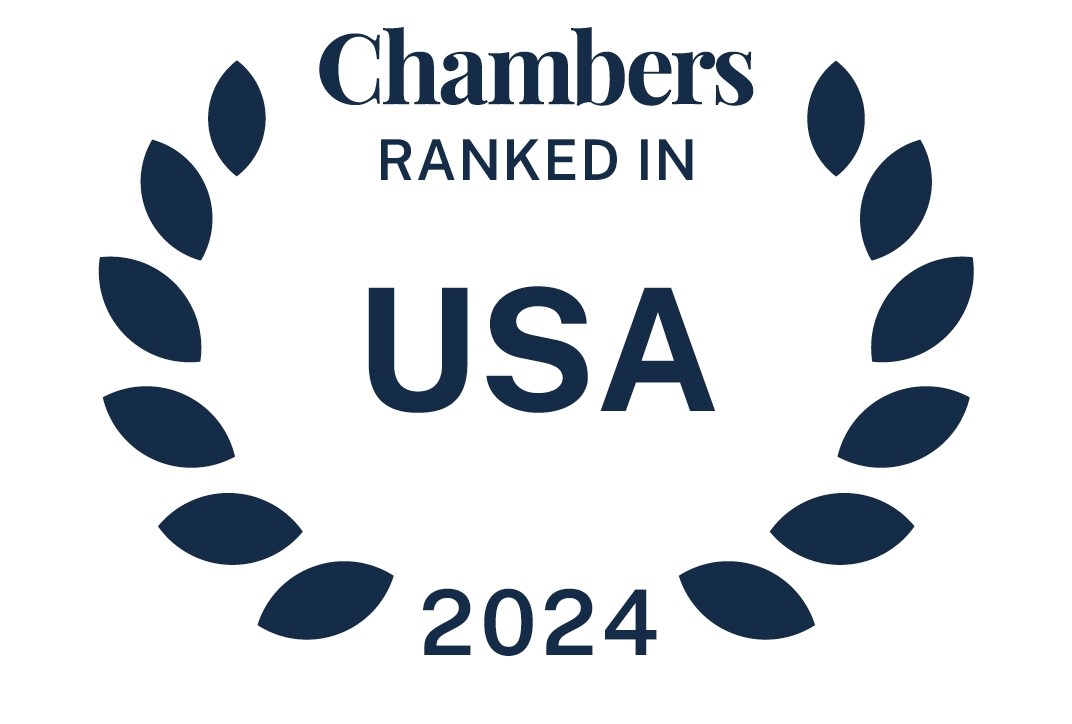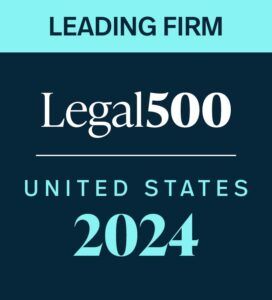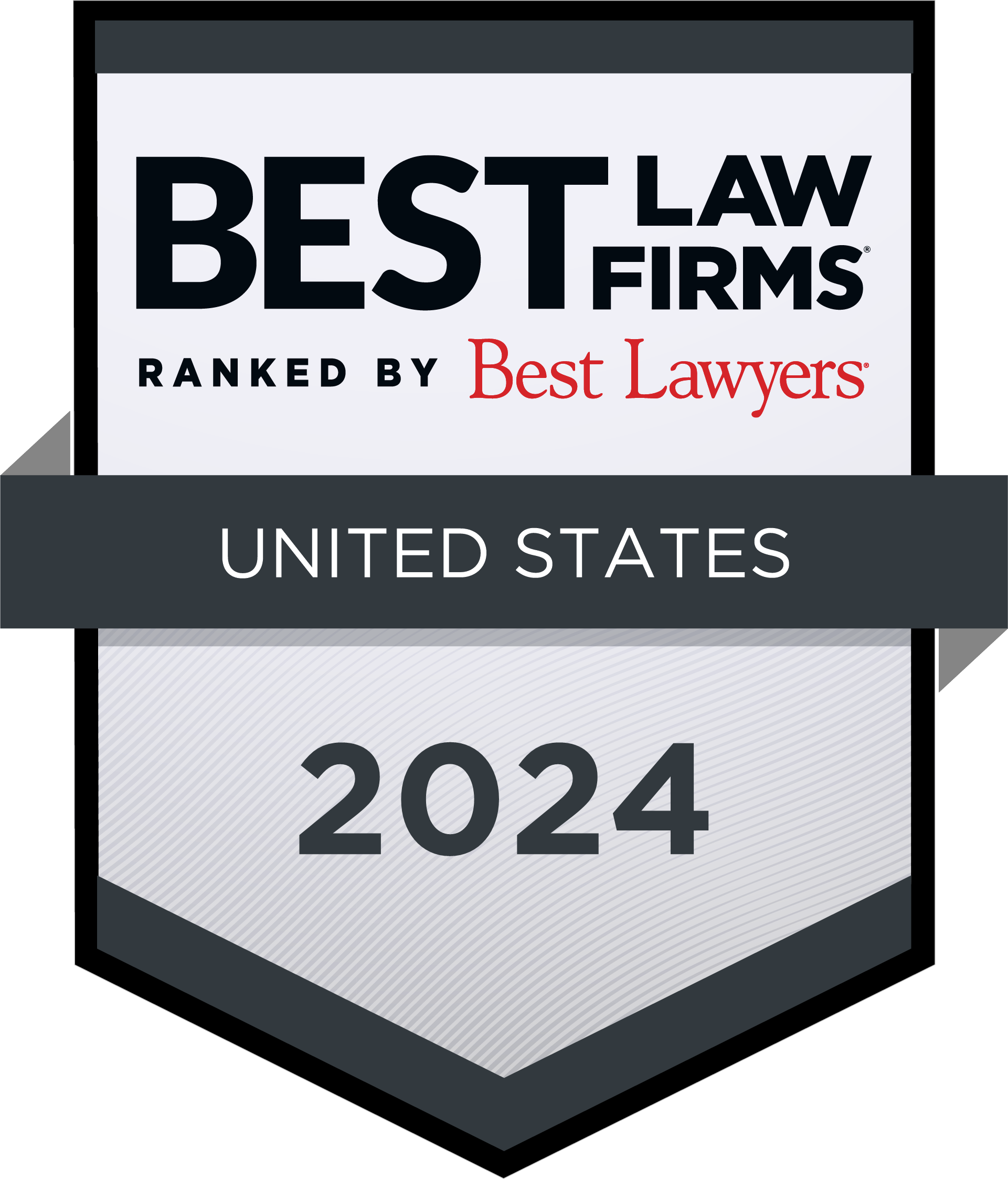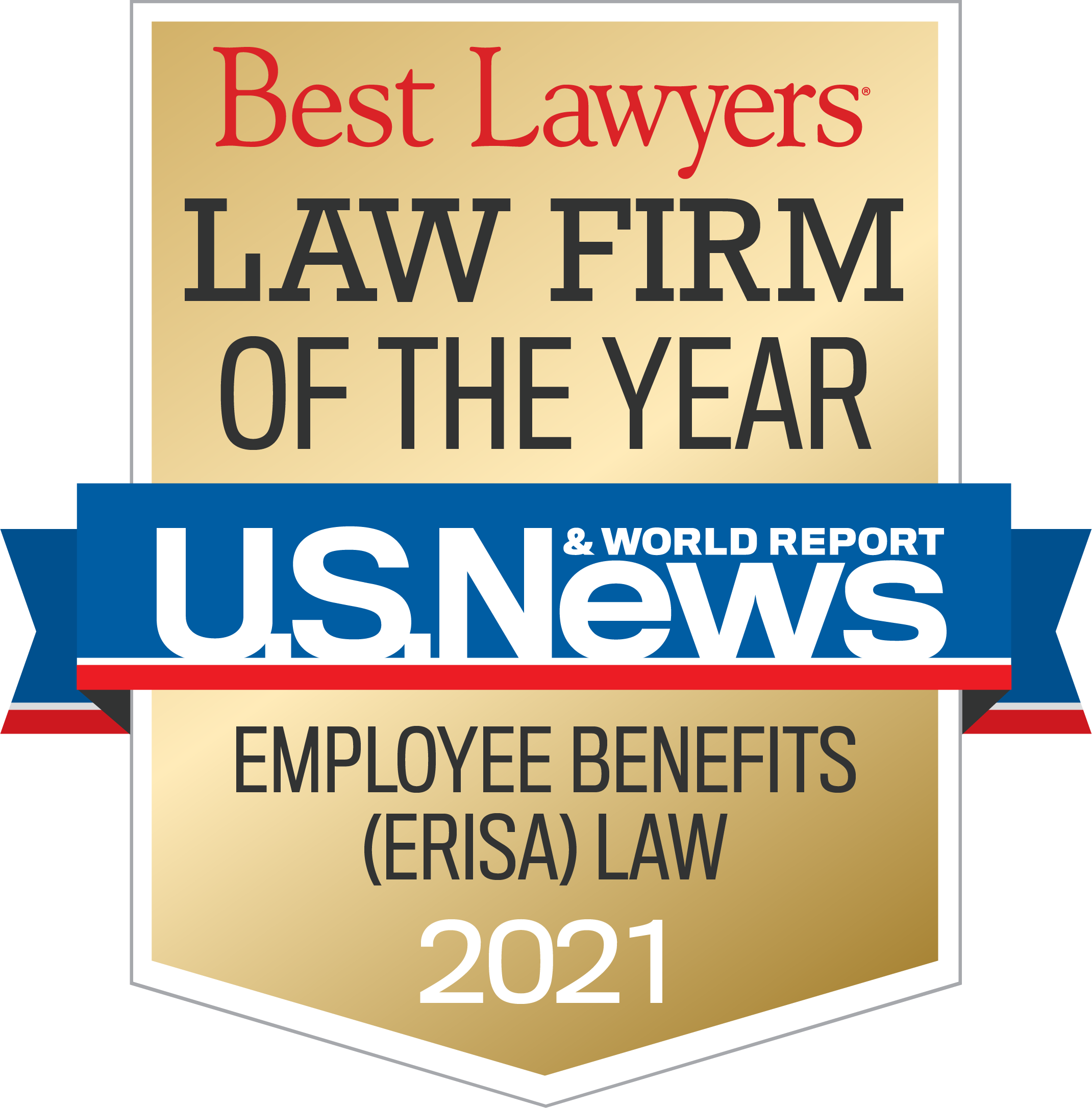by Stephen D. Erf, Heather Egan Sussman and Sabrina E. Dunlap
Recently, the National Labor Relations Board (NLRB) proposed new rules purportedly intended “to reduce unnecessary litigation” and streamline pre- and post-election procedures. The bottom line is that these new rules, if adopted, will make it easier to unionize American workforces. One way the new rules “streamline” the unionization process is by requiring the exchange of timely information, including employee contact data and required forms. The proposed rules also aim to defer potential litigation until after an election has been held, so that proceedings related to litigation do not slow down the election process, which will limit the opportunity for the employer to present its views regarding the issues. Given these proposed rules, American businesses may likely step-up union avoidance efforts.
The U.S. Department of Labor (DOL) simultaneously has released a new proposed rule that appears designed to discourage such union avoidance efforts. Under this proposed rule, an existing exemption from certain disclosure requirements for “advice” would be significantly narrowed such that employers would be required to disclose arrangements with consultants that draft communications on behalf of an employer designed to “directly or indirectly persuade workers concerning their rights to organize or bargain collectively,” even when the consultants do not contact employees directly. Under the proposed rule, the DOL said employers should disclose information about “union avoidance” seminars and trainings offered to employers by lawyers or labor consultants, because theses seminars “involve reportable persuader activity.” The DOL is warning employers against classifying such seminars as “advice” to avoid disclosure under the exception.
The combined NLRB and DOL efforts appear to be a governmental one-two punch aimed at American business – they make it easier for unions to organize workplaces on the one hand, and discourage union avoidance efforts on the other. Fortunately, however, we suspect corporate America will not be so easily discouraged, because it could be far more costly for companies to skip the union avoidance training, now that the NLRB has helped grease the skids toward organizing American workplaces. On balance therefore, we expect companies still will elect to move forward with the training, and just be mindful of their disclosure obligations, assuming these proposed rules go into effect.
read more

 Subscribe
Subscribe




